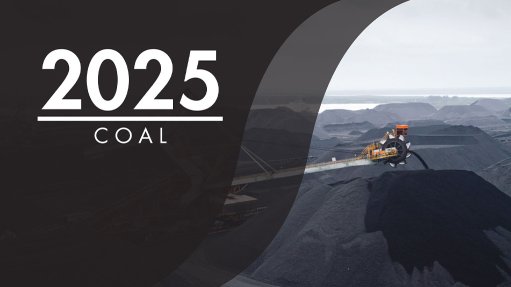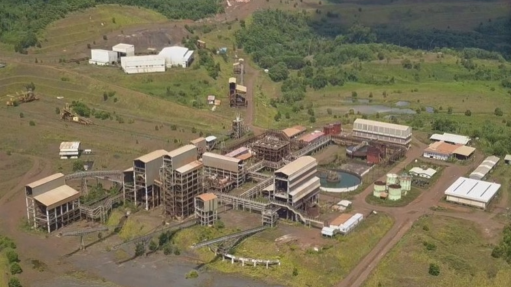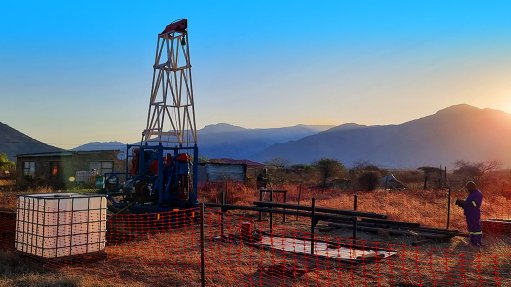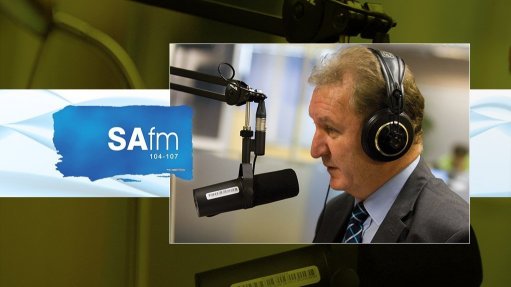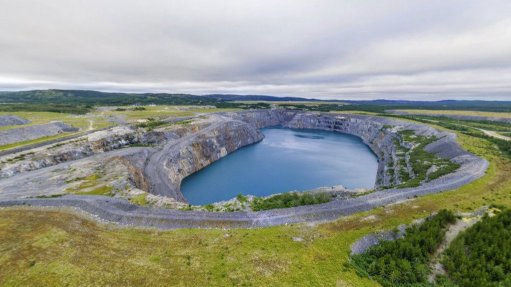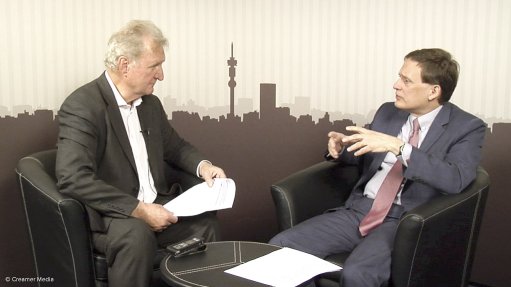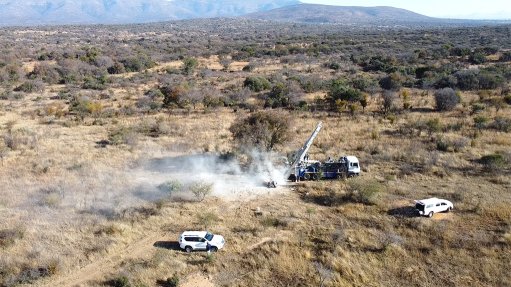Asset reliability improved with AI monitoring tech
A new offering that brings intelligent, real-time visual monitoring into the maintenance and reliability space – enabling the early detection of issues such as refractory wear, conveyor damage and safety non-compliance, especially within high-temperature and high-risk industrial environments such as smelters and minerals processing plants – was launched by Dickinson Group of Companies (DGC) in August.
The Vision AI for asset reliability is a smart, camera-based monitoring solution that uses AI to identify problems in real time through the continuous analysis of footage from thermal and optical cameras to detect conditions such as refractory degradation, equipment damage or safety violations.
By combining advanced monitoring with DGC’s “deep operational expertise”, group commercial director Justin Nothnagel says DGC is helping clients reduce unplanned downtime and improve asset health as well as safety performance.
“We believe this represents a meaningful evolution in how reliability is managed across Africa’s metallurgical and industrial sectors,” he says.
This remote monitoring solution is especially effective in high-temperature, high-risk settings that are difficult to access or hazardous for personnel to engage, such as smelters and minerals processing plants, where traditional manual inspections may be infrequent or unsafe.
“Vision AI acts as an automated set of eyes, monitoring processes and assets 24/7 and triggering alerts long before failures or incidents occur,” explains Nothnagel.
Success through Implementation
Nothnagel highlights that Vision AI was deployed at a major metals processing facility to monitor the condition of converter refractories using thermal imaging and AI-based crack detection.
The system detected a hotspot forming beneath the surface – one that would not have been visible using traditional inspection methods.
Because the anomaly was flagged early, he says, the site was able to schedule repairs during a planned maintenance window, preventing a possible breakout and avoiding extended downtime.
“This single intervention led to significant cost savings and avoided a major safety hazard,” states Nothnagel.
A key challenge with this deployment was adapting the system to harsh plant conditions that included the elements of dust, heat and limited connectivity.
Further highlighting Vision AI’s applicability to African applications, he points out that many facilities on the continent operate with legacy infrastructure and limited levels of automation.
To overcome this, Nothnagel says Vision AI is deployed using rugged hardware with edge processing, enabling it to function independently of central systems and Internet connectivity, and to integrate with existing workflows using visual dashboards and alerts.
“Our team also ensures that deployment layouts are practical and field-ready. Our deep site knowledge allows us to design practical deployment layouts that work around existing operational constraints.”
How it Works
Vision AI detects a range of issues early, including refractory damage (wear and cracks) in furnaces and converters; conveyor belt wear, cracks and foreign object intrusion; unsafe work practices or non-compliance with personal protective equipment; movement of molten metal and equipment near hot zones; and oversized or unsuitable materials entering the process line.
By catching these issues in advance, Nothnagel says maintenance can be planned proactively rather than reactively, thereby reducing unplanned downtime, improving process stability and helping to prevent safety incidents.
“Most monitoring systems rely on sensors or scheduled human inspections, which can miss early signs of damage or safety non-compliance.
“Vision AI offers visual context and broader field coverage, allowing it to detect surface anomalies, temperature shifts, movement patterns and other risks that traditional methods might overlook,” he outlines.
Further, the system is hardware-agnostic, easy to deploy and can be used across a range of applications, from conveyor belts to ladle operations, without requiring large-scale infrastructure changes.
Retrofit-ability
Vision AI can be deployed alongside legacy systems without requiring deep integration owing to its being designed to integrate with most existing environments, whether digital or legacy.
It can connect to supervisory control and data acquisition, programmable logic controller or distributed control systems through open platform communications-unified architecture.
Dashboards can be accessed using secure cloud platforms or local networks.
Vision AI operates using standard power and network connections, and delivers outputs through user-friendly dashboards or alerts.
For plants with low levels of infrastructure, edge-based processing units enable Vision AI to operate independently without relying on high-bandwidth connectivity or advanced IT systems.
“This flexibility makes it ideal for brownfield plants, where infrastructure upgrades may not be feasible in the short term.
“It’s well-suited for phased adoption, easy to scale once the initial use case proves valuable, so starting small and scaling as needed is feasible,” says Nothnagel.
Article Enquiry
Email Article
Save Article
Feedback
To advertise email advertising@creamermedia.co.za or click here
Press Office
Announcements
What's On
Subscribe to improve your user experience...
Option 1 (equivalent of R125 a month):
Receive a weekly copy of Creamer Media's Engineering News & Mining Weekly magazine
(print copy for those in South Africa and e-magazine for those outside of South Africa)
Receive daily email newsletters
Access to full search results
Access archive of magazine back copies
Access to Projects in Progress
Access to ONE Research Report of your choice in PDF format
Option 2 (equivalent of R375 a month):
All benefits from Option 1
PLUS
Access to Creamer Media's Research Channel Africa for ALL Research Reports, in PDF format, on various industrial and mining sectors
including Electricity; Water; Energy Transition; Hydrogen; Roads, Rail and Ports; Coal; Gold; Platinum; Battery Metals; etc.
Already a subscriber?
Forgotten your password?
Receive weekly copy of Creamer Media's Engineering News & Mining Weekly magazine (print copy for those in South Africa and e-magazine for those outside of South Africa)
➕
Recieve daily email newsletters
➕
Access to full search results
➕
Access archive of magazine back copies
➕
Access to Projects in Progress
➕
Access to ONE Research Report of your choice in PDF format
RESEARCH CHANNEL AFRICA
R4500 (equivalent of R375 a month)
SUBSCRIBEAll benefits from Option 1
➕
Access to Creamer Media's Research Channel Africa for ALL Research Reports on various industrial and mining sectors, in PDF format, including on:
Electricity
➕
Water
➕
Energy Transition
➕
Hydrogen
➕
Roads, Rail and Ports
➕
Coal
➕
Gold
➕
Platinum
➕
Battery Metals
➕
etc.
Receive all benefits from Option 1 or Option 2 delivered to numerous people at your company
➕
Multiple User names and Passwords for simultaneous log-ins
➕
Intranet integration access to all in your organisation





